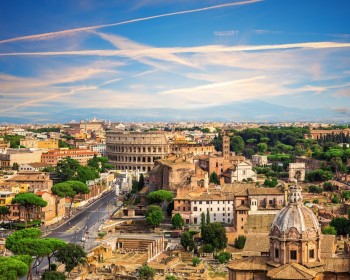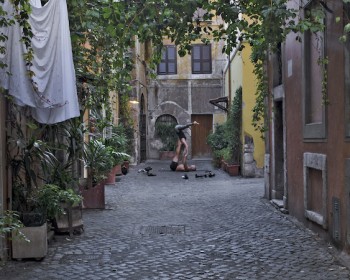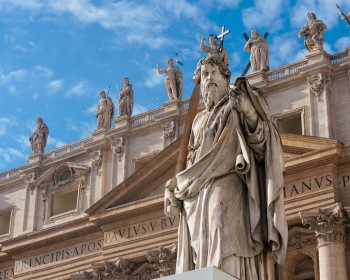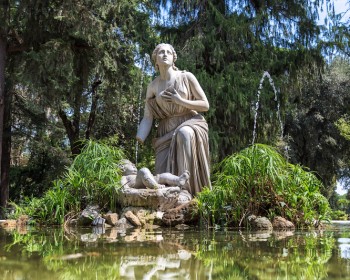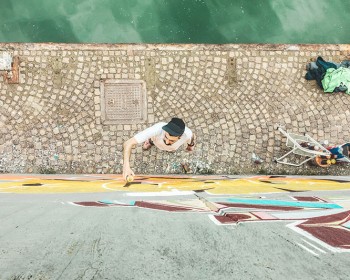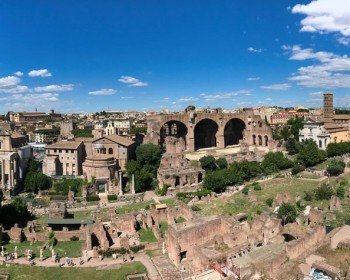This lovely territory in the Northern area of Lazio, near Tuscany and Umbria, has been part of Romans’ Empire first and Papal State later. Both ruled the area for centuries and built impressive constructions, like the Palace of Popes located in Viterbo’s old town near the Cathedral.
Characterized by the presence of several green areas to feel the contact with nature, such as parks and lakes, and well preserved archaeological sites, Tuscia is definitely worth-seeing during Rome day trips.
One of the most fascinating places of Tuscia is surely Marturanum National Park, located around the enchanting medieval village of Barbarano, near the caldera Lake of Vico.
Check out below Tuscia’s unmissable sites!
Barbarano and the Marturanum National Park
Marturanum National Park is a peaceful area in Southern Tuscia, with over 1200 hectares. The park takes up the volcanic lake Vico’s surroundings, which have been shaped by lava flows in the ancient times and created the tuff valleys and hills nearby.
The park includes breathtaking ravines and rivers between tuff hills with incredible views, mostly inhabited by local animals such as boars, horses and nightingales.
This is the ideal destination to explore wild nature off the beaten path, within easy reach of Rome.
The best way to reach Marturanum Park is by car, taking SR2 Cassia from Rome for about 60 kilometers and following the signs. The entrance to the Park is free.
You will find different trails in the park, from easy to difficult levels.
If you love both nature and medieval towns, you can choose the path that connects 2 beautiful villages built on tuff hills: Barbarano and Blera. This path is 5 kilometers long and it is provided with grottoes and signs here and there. Before getting to Blera, you cannot miss the evocative Devil’s Bridge that once connected the two banks of the river.
The secret Etruscan necropolis
Tuscia is full of etruscan ruins and there is nothing better than visiting their Necropolis to learn more about them.
The charming San Giuliano Necropolis is located in Marturanum National Park and it is part of the recommended trails in the area. To visit them, you will pass by the tuff canyons and the forest by the hills. What makes it unique is its construction technique: in San Giuliano, the necropolis is carved into the stone and adorned with cryptic symbols. It resembles magical doors meant to connect the living world with the dead.
Another must see site is Vulci that is part of the National archeological Park that bears the same name. Located at less than 20 kilometers from the coastline, Vulci hosts countless etruscan tombs, each of them with different shapes and sizes. Among the most famous we can certainly name Cuccumella Tomb, the largest in all Tuscia, and François Tomb, where it is still possible to see well preserved frescoes that recounts ancient traditions and history.




